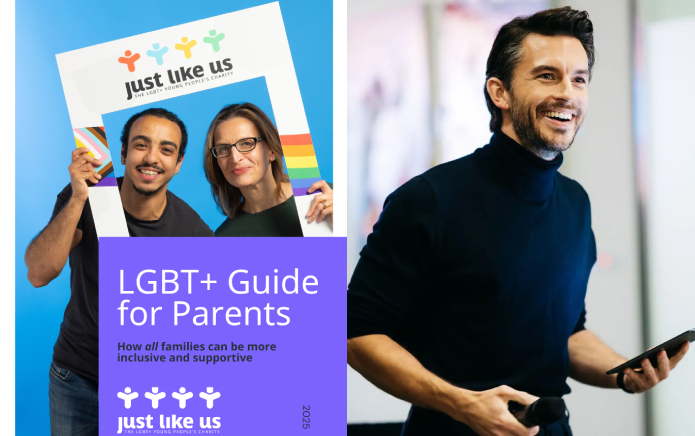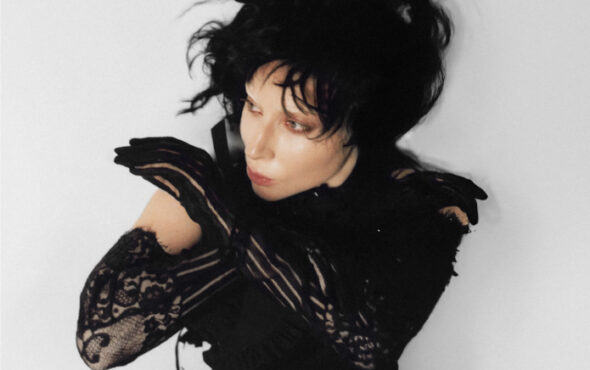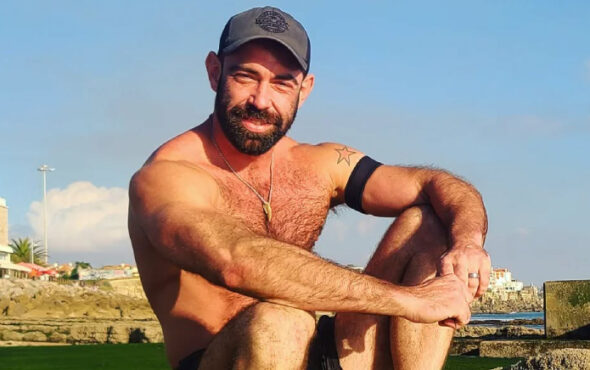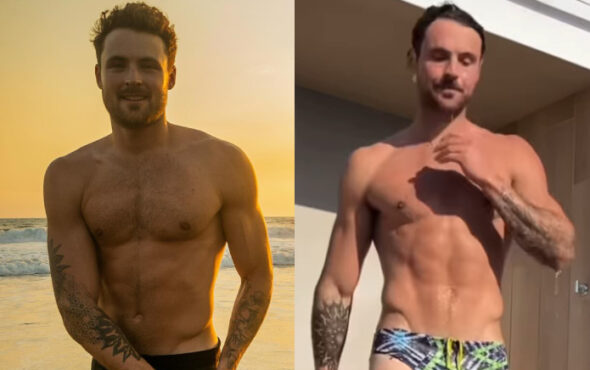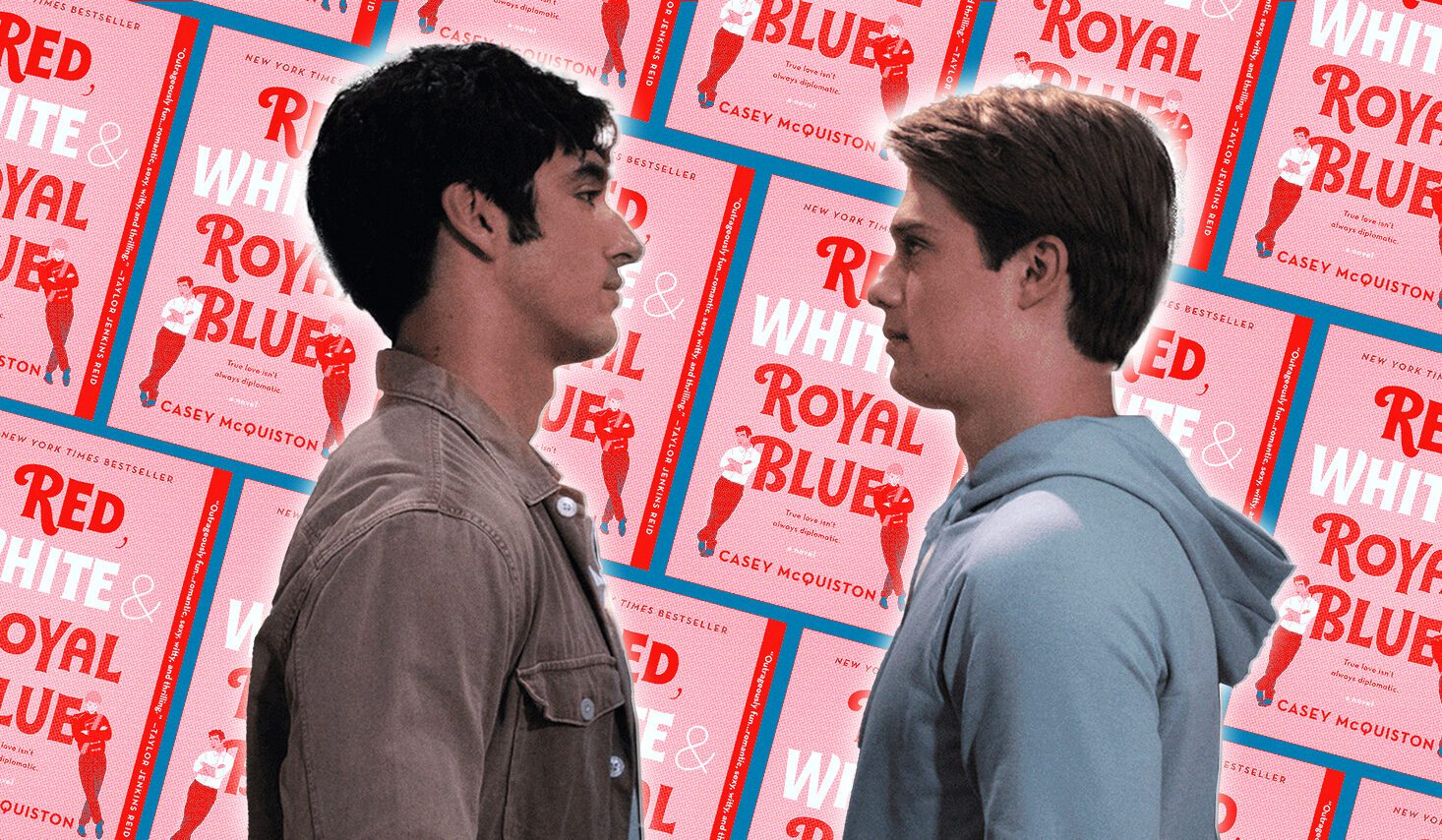
The following article contains spoilers for Red, White, Red, White & Royal Blue
If you are a huge fan of queer romances like me, you also probably devoured the Red, White & Royal Blue book when it first came out. It quickly became a story that gathered a large fan following, and when the film was released, we were immediately showered with posts and articles pointing out the differences between the two.
Many fans suggested that the film paled in comparison to the book, and while there were stark differences – like the removal of June, First Daughter of the United States and older sister to protagonist Alex – I have to disagree. As a self-described bookworm and cinephile, I absolutely loved both experiences. Maybe I approached them with different expectations, or maybe they were just what I needed at a particular point in time, but I have a feeling that I am going to be giving out these recommendations for years to come.
Why I kept on turning the page
I was suggested the book by the invisible imps who work for the algorithm, and Casey McQuiston’s world-building immediately pulled me in. The book came out at a time when it felt like world events were progressing from bad to apocalyptic, but the warmth that exuded the pages filled my reading experience with hope and light, a perfect antidote to reality. In this reality, the United States had a female President with a bisexual child, and the ‘White House Trio’ of June, Alex, and Nora brought a youthful perspective – and lots of fun- to the international political landscape.
Alex and Henry’s relationship read like a saga for ages, with the two quoting historical queer lovers to each other. These quotes felt like a time machine declaring that we have always been here, and the characters introduced me to the letters exchanged between Virginia Woolf and Vita Sackville-West, leading me to seek out and read all the publicly available correspondence between the two brilliant writers and lovers. The love in the book spilt outside its pages, and it was impossible to not keep turning them.
Why I couldn’t take my eyes away from the screen
The upbeat trailer for Amazon’s film adaptation of Red, White & Royal Blue seemed to promise a romcom, so I decided to go for the ride instead of expecting a word-by-word adaptation – and I’m very glad I did! The storytelling devices in the toolbox of a writer and director are, obviously, different, and I feel like the movie used its strengths as a visual medium to bring something new to the story.
On the one hand, the White House party scene when the entire crowd dances low to the floor and the two protagonists keep standing into each other’s eye line was a stunning visual metaphor for when love makes you feel like the only people in the world. What will stay etched in my brain forever though will be the two of them slow dancing at the V&A – even though there is a version of this scene in the book as well, it was still such a powerful moment of queer love occupying space in such a swoon-worthy way that I would watch the movie again and again just to make it to that scene.
In the end, the reason that both the book and the movie work for me is because they both have a queer happy ending, and the paths to it are charted with well-rounded and fleshed-out LGBTQIA+ characters. This story is ultimately a celebration of queer love and joy and a reminder that queer protagonists deserve so much more than what the world regularly asks them to settle for.
Khushi volunteers as an ambassador for Just Like Us, the LGBT+ young people’s charity. LGBT+ and aged 18 to 25? Sign up here.
